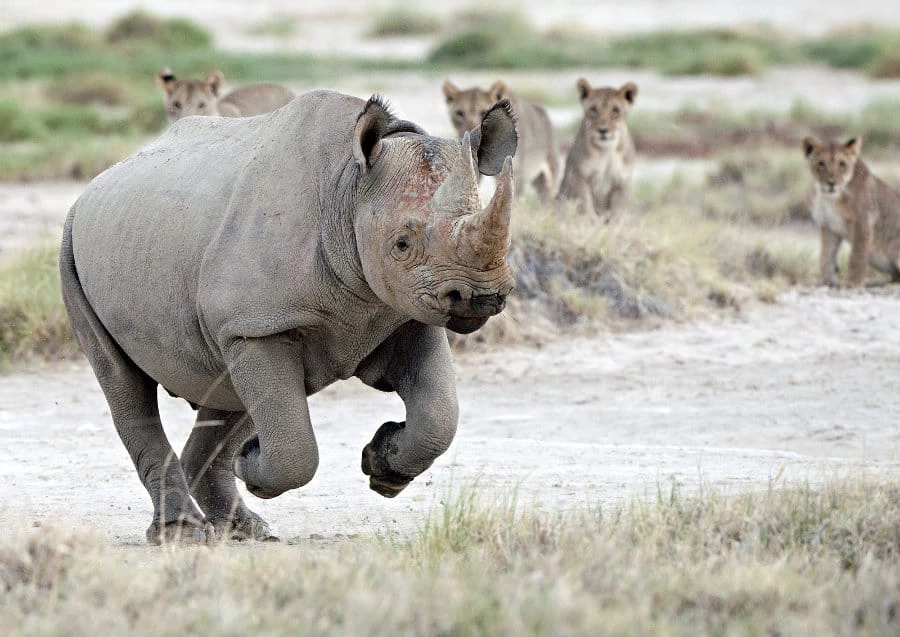Scientists have carried out the first successful in vitro fertilisation of a southern white rhino, a major breakthrough that could spell hope in the quest to save its cousin, the northern white rhino, whose last remaining members are both female.
Researchers from scientific consortium Biorescue said they had established the first successful pregnancy in a rhino using in vitro fertilisation.
"We achieved something that was not believed to be possible," project leader Thomas Hildebrandt said at a press conference in Berlin.
The impregnation of a southern white rhino with an embryo from the same species was a "milestone" on the way to helping their highly endangered northern cousins, Hildebrandt said.
The next step in the ambitious breeding programme will see scientists attempt the feat with a northern white rhino embryo in a surrogate from the closely related southern species.
The reproduction programme is the majestic animals' last chance at survival.
Neither of the remaining northern white rhinos -- mother Najin and daughter Fatu -- is capable of carrying a calf to term.
The last male, named Sudan, died at the Ol Pejeta Conservancy in Kenya in 2018, where Najin and Fatu live under 24-hour guard to protect them from poachers.
The team aimed to "produce northern white rhino calves in the next two to two-and-a-half years", Hildebrandt estimated, although the process could take longer.
The technology could potentially provide a model for other endangered species of rhino, such as the endangered Sumatran rhino in South East Asia, according to Hildebrandt.
Rhinos have very few natural predators but their numbers have been decimated by poaching since the 1970s.
Modern rhinos have roamed the planet for 26 million years and it is estimated that more than a million still lived in the wild in the middle of the 19th century.


